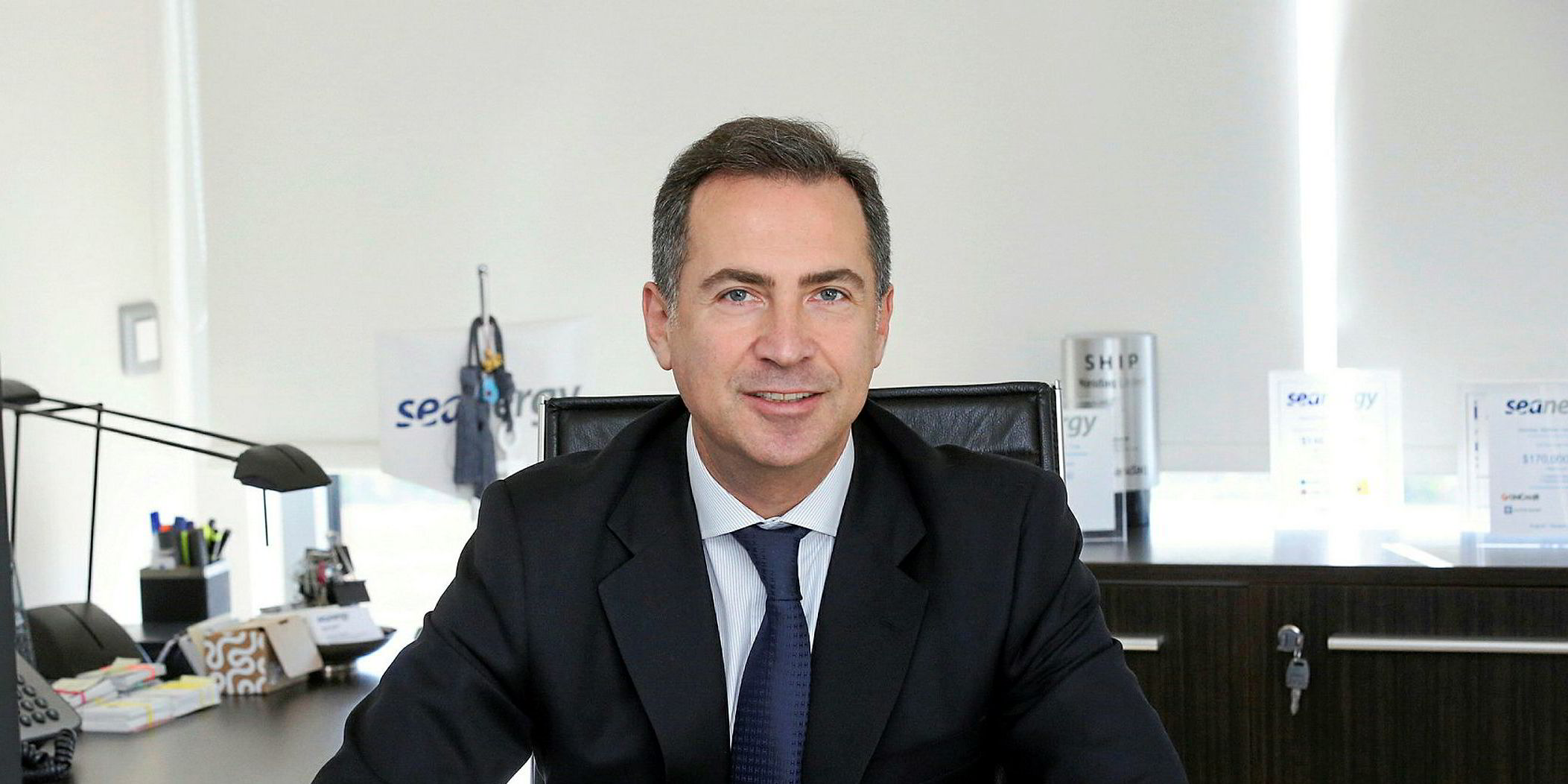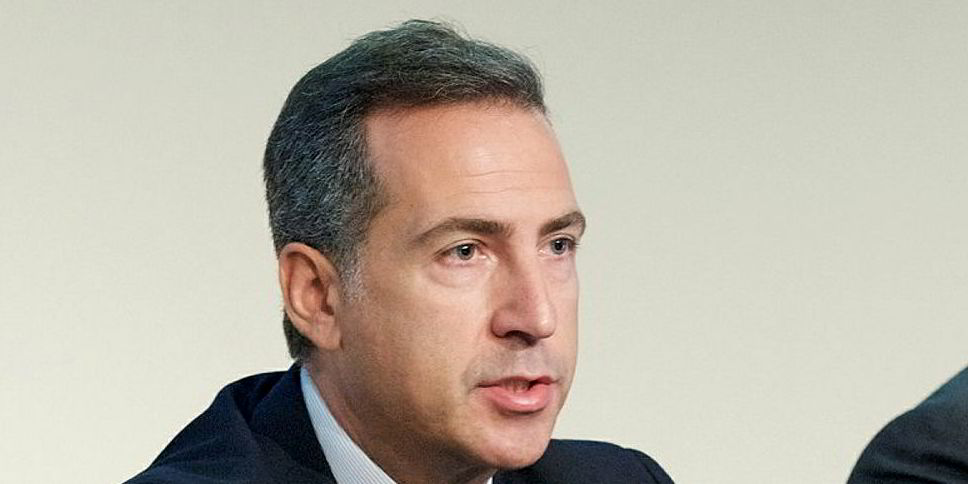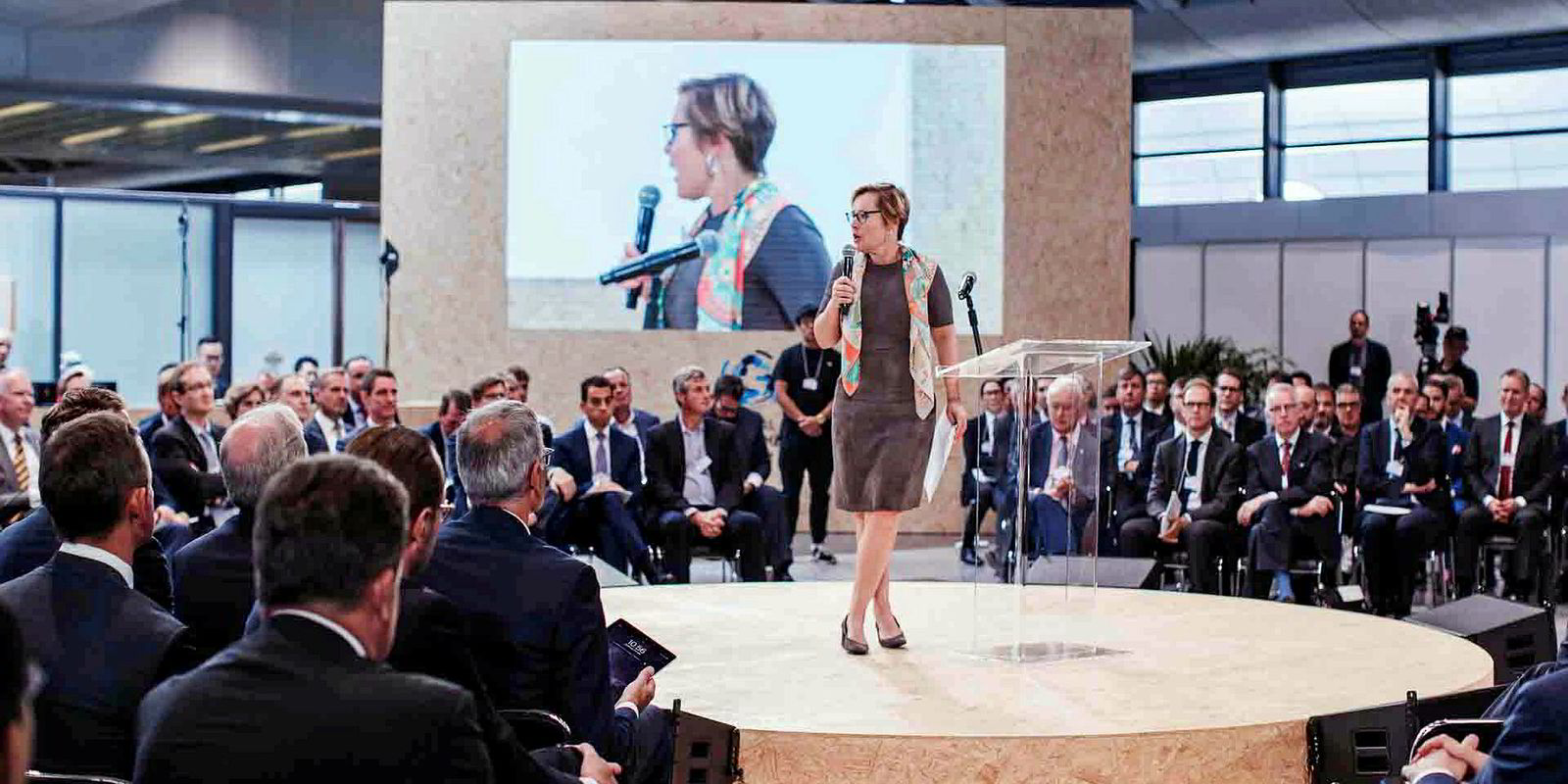New-York listed Seanergy Maritime Holdings is about to obtain financial backing from its charterers to install scrubbers on the majority of its ten capesize vessels, the bulker company's chief executive said in Athens on Wednesday.
Seanergy has decided to install scrubbers on about 80 percent of its current fleet, Seanergy’s CEO Stamatis Tsantanis told the Naftemporiki shipping conference.
Financial backing from major charterers to help cover much of that cost plays a key part in the project. "We are in agreement with many charterers to foot the bill, for everything," Tsantanis said.
The Greek manager did not identify the charterers. He also didn’t elaborate on the kind of deal his company is in the process of striking with them, other than to say that it will cover "a large part" of the total, comprehensive cost of Seanergy’s scrubber installation.
TradeWinds understands that talks are in advanced stage, but not final, and that charterers’ backing will come in two forms: direct co-financing of the costs related to the scrubbers’ installation; and long-term period employment of some Seanergy ships at freight rates that will take account of the said costs.
According to a presentation it released in September, Seanergy counts names such as BHP Billiton, Trafigura, Rio Tinto, Cargill and Uniper among its charterers. Cargill and Trafigura are already backing the Clean Shipping Alliance 2020 (CSA 2020), a group of maritime companies supporting exhaust gas cleaning systems (EGCS) on ships.
Tsantanis made the statements today during a panel discussion on environmental issues, to drive home the point that charterers or final consumers should ultimately assume scrubber installation costs, "whether they be steel mills in China or car drivers".
"We shouldn’t be tacitly accepting that [scrubber] costs be transferred to the shipping community," Tsantanis said, urging fellow shipping executives to make common cause vis-a-vis charterers on the issue.
Seanergy is the only pureplay capesize company listed in the US capital markets with a fleet of nine such ships. The tally will rise to ten by the end of the year, after the company takes delivery of a freshly purchased unit.






